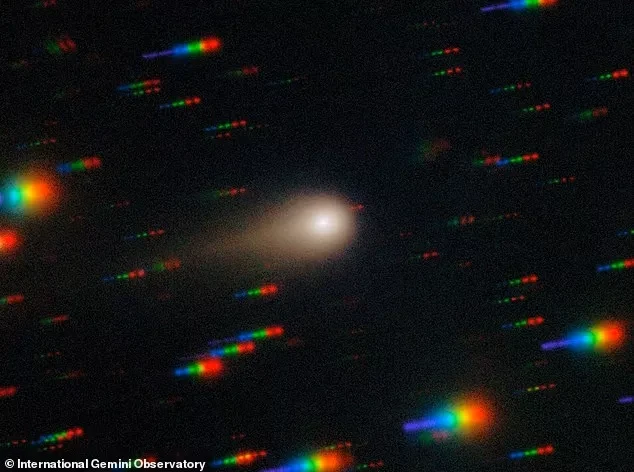
Space Tour to Ortosai Hills How nice it is to relax with friends after a hot working day in...

After the Sun and the Moon, the brightest celestial body is the beautiful Cholpon, whom the Kyrgyz...

Gala Concert Featuring Stars of World Ballet On April 28, a Gala Concert featuring 14 stars of...

According to Corbett, aliens are difficult to detect because their technologies may not...

Just the Facts The deadliest tsunami ever recorded occurred on December 26, 2004, in Southeast...

The National Center for Children and Youth "Seitek," with the support of the October...

According to media reports, NASA has quietly begun implementing measures to protect Earth after an...

Movements of Girls' Hands in Folk Dance Movement 1. Soft Rotational Movements of the Wrists...

Let us now turn to the ancient myths and legends of the ancient Kyrgyz people regarding cosmology...

Tootaydyn Ogu (stars I and V, located below the Belt of the Three Kings). The ancient Kyrgyz were...

How Animals Paved the Great Silk Road “The ‘discoverers’ of the Great Silk Road were animals,” say...
New Wave 2014 - STYLE MIX (Kyrgyzstan) - World Hit...

The Ice Cream Festival is a unique and large-scale event that will take place at the...

When: March 8 at 18:00...

CONCERT ON FEBRUARY 27 AT 18:00, A CONCERT WILL TAKE PLACE AT THE NATIONAL LIBRARY OF THE KYRGYZ...

On November 25, at 9:30 AM, the international conference "Modern Media: Challenges and...
International Airport "Manas" has announced temporary restrictions on the movement of...

THE MILKY WAY...

When: May 16 at 19:00...

The speed of light in a vacuum is 299,792,458 m/s (≈300,000 km/s) We do not see the Sun; we see...
On September 20th, a unique event will take place in the Grand Hall of the Philharmonic, the only...

In ancient times, the functions of a compass and a clock were performed by the Sun, the Moon,...
According to information provided by the press service of the State Committee for National Security...
According to information provided by the president of the Association of Oil Traders, Kanat...

Kutano Askar Asanbekovich (1958), Doctor of Technical Sciences (1993), Professor (2000),...
In the first nine months of 2025, the Internal Affairs Department of the Oktyabrsky District...

From December 1 to 6 of this year, a meeting of the Board of Directors took place in Finland, in...

A big CASTING is announced! During which, a team of professionals will select the brightest, most...
In Bishkek, a major renovation is being carried out on a kindergarten designed for 180 places,...

Alongside correct, positive interpretations of natural phenomena, the Kyrgyz also held incorrect,...
In the Kara-Kulja district of the Osh region, a dog attacked a child, resulting in the child's...

Botbaev Almazbek Askerovich Candidate of Medical Sciences. Born in 1971. Graduated from the...
According to information provided by the Osh city administration, the owner of the...
On October 20, a scheduled inspection was conducted at Manas International Airport, organized by...
In the village of Syrt, located in the Aravan district of the Osh region, the construction of a new...

Athlete from Kyrgyzstan Yuri Krakovetsky will participate in the prestigious commercial tournament...
The Ministry of Labor, Social Security, and Migration of Kyrgyzstan, through the Center for...

On March 13, a presentation of the collective monograph "Archaeological Sites on the Kyrgyz...

In certain areas of the Earth, strong underground tremors sometimes occur, a rumble is heard, and...
A new building for the Young Technicians Station is actively being constructed in Bishkek at 144...
As a result of a tragic incident that occurred on September 21, an 18-year-old girl died in Osh...

According to information published by Bloomberg on October 23, European Union countries have...
In Uzbekistan, the first large-scale study of the human genome in the country's history has...
According to information provided by the inspector of the press service of the State Traffic Safety...

The Cultural and Historical Community Fund "Eurasians – New Wave" has started accepting...